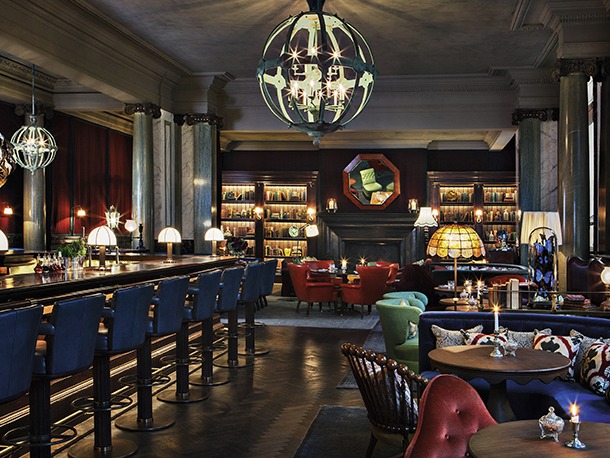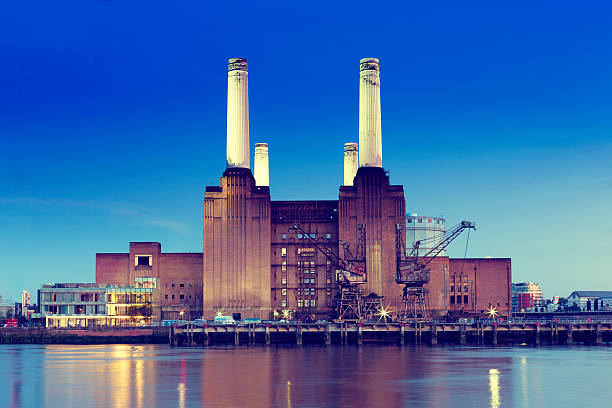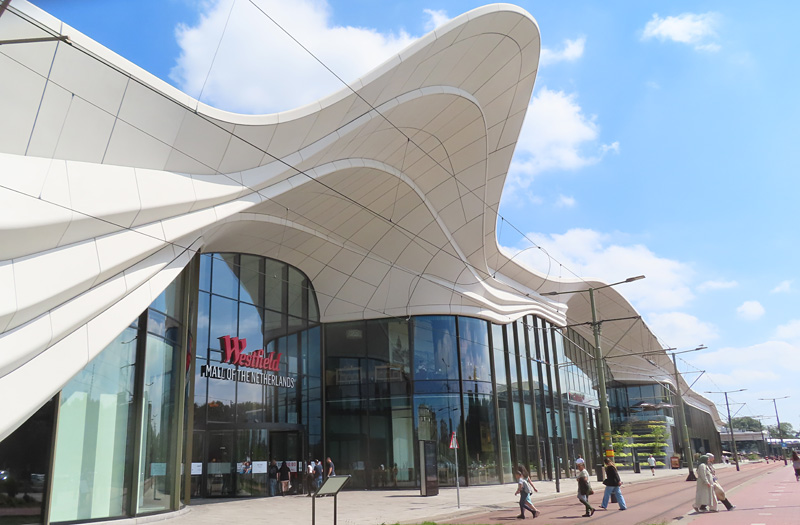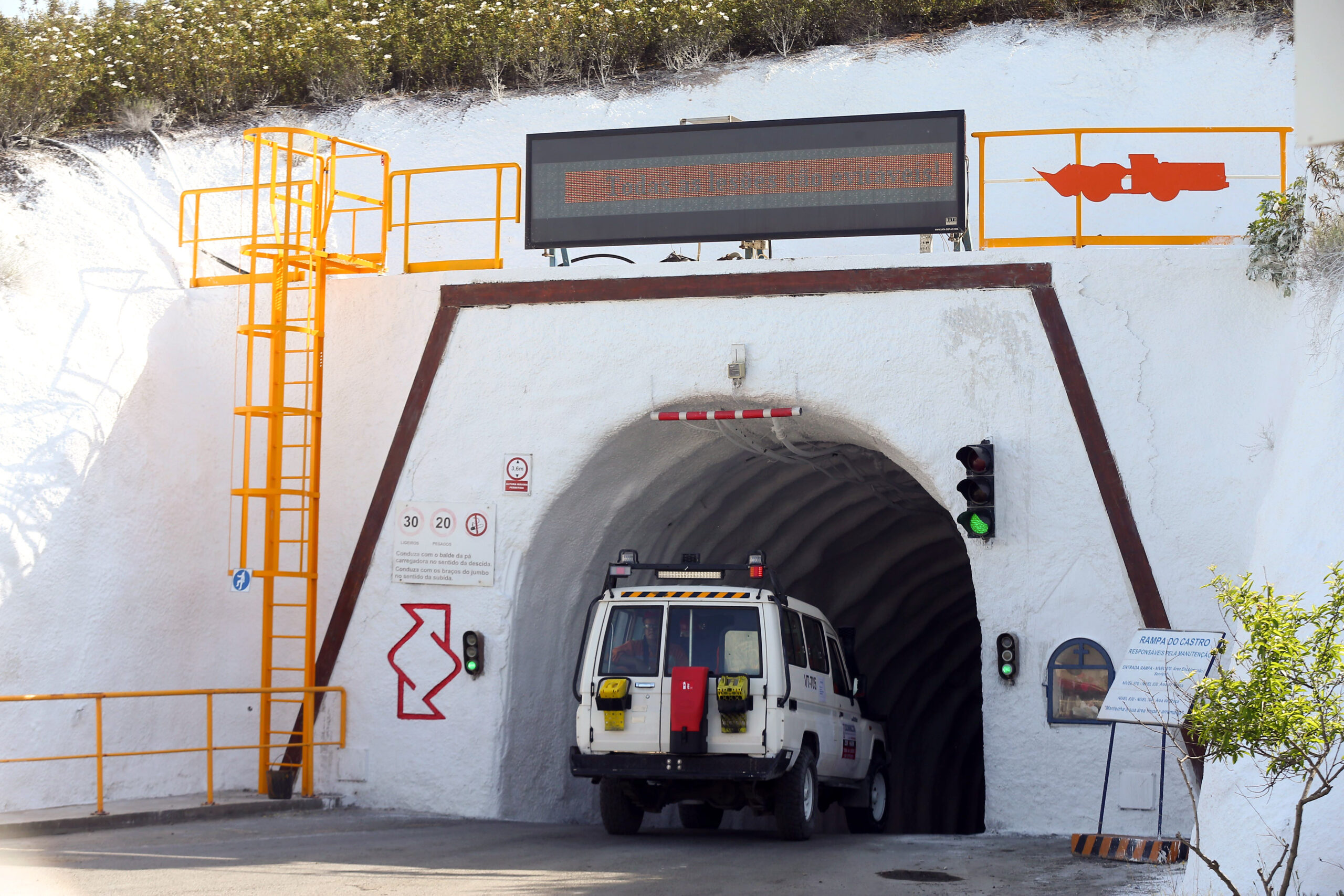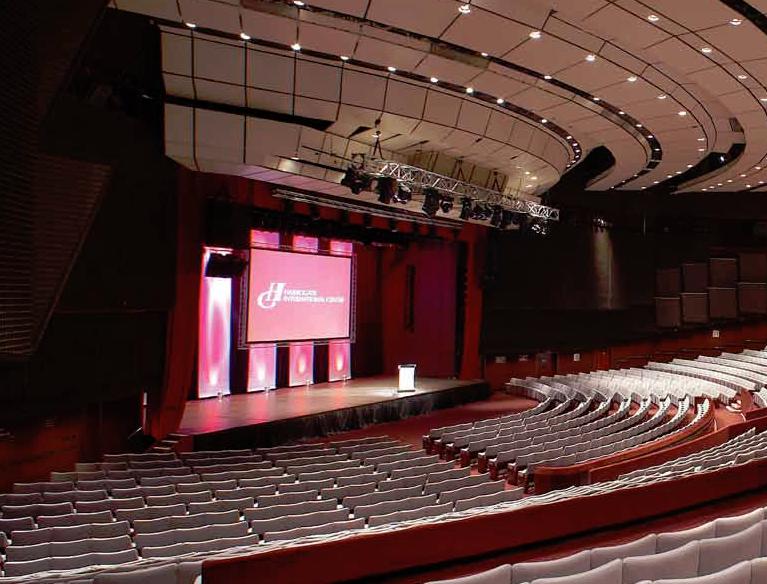
Simon Kent, head of operations at Harrogate International Centre in the UK, considers sustainability in the events industry.
Construction is a tricky business—and environmentally-friendly construction even more so. However, the real challenge lies in niche market construction, where there is a need to be ‘green’. Take the events industry and Harrogate International Centre (HIC), located in Yorkshire, England, as an example. As one of the UK’s largest and most successful venues, HIC is continually growing and developing not just its ‘soft’ services but also the physical space on offer. At this point in time, this includes the development of two new ‘event halls’: cavernous rooms capable of holding exhibitions, lavish banquets, product launches and more. These halls will be among the most flexible on offer in the country, bringing in a host of both domestic and international delegates. They will also be among the most environmentally friendly and sustainable.
Why, however, should people outside the event industry care what a few buildings in the north of England think about the environment? Is it really an industry with much clout? The simple answer is yes. Following the first six months of our financial year (2010/2011) our venue had a £92 million* positive impact on the economy. On a national scale, the BVEP (Business Visits & Events Partnership) identified that the industry is worth £36.1 billion to the UK economy. Both of these are substantial figures; however, it is also our ability to draw people together that makes our industry so powerful and vocal. Millions of people attended events the world over in 2010; and such captive audiences are the perfect way to educate and disseminate information on environmental issues.
People outside of the event industry ask why this sector has so swiftly and determinedly embraced all things green and sustainable. Firstly, we recognise the fact that whichever country you are in, your event sector will be one of the most important, visible and vocal. When it comes to PR and messages, we punch far above our weight and sit right up there with mainstream media. Consider the facts—IT, pharmaceutical and finance might be worth more when it comes to GDP and turnover; but they would all be very quiet if it wasn’t for the events we organise on their behalf. If a company wants to talk about improving environmental standards it needs to demonstrate its own improvement—and the best way to do so is at an event!
Secondly, as a forward thinking, global industry with partners around the world, we recognise the need to work in partnership with all other industries to ensure long term survival and sustainability of our way of life. In general (and certainly in Harrogate) we recognise that climate change is a fact (the reasons can be debated elsewhere) and we recognise that human activities have a huge impact on the planet. By doing our best to minimise that impact, we are improving the global situation for everyone.
However, it is not just the environment that we need to consider, which is why our mantra is not that of the ‘greenies’; instead it is one of sustainability, built on a foundation of long term understanding and strategic planning. And this difference between environment and sustainability is one that every industry and every business must come to terms with, understand and embrace. Yes, it is important to be environmentally friendly, but that is not all that counts—social and economic sustainability are just as important.
Social sustainability includes our attitude and consideration for people, those around us, those we affect and those whose lives can be changed by our decisions. Social sustainability all too often focuses on the donations people make to charities or those in poverty. However, it also includes staff, stakeholders, suppliers, customers...the list goes on. By thinking long term about people, the rest of your business will benefit and you will create a legacy for all.
The final pillar in the sustainability triumvirate (alongside environment and social) is financial. We live in a consumer world where everything has its cost—a simple statement that cannot be denied or ignored. Consequently, sustainability is also reliant on fiscal planning and long term investment. There is no point rewarding all your people, donating to a local charity, building wind turbines and cutting carbon emissions if you bankrupt yourself in the process. It is far better to provide incremental small benefits over a matter of years than fail to do anything because you planned too much too soon.
But how can we measure our success? How can businesses understand the impact of the events they organise? There are several methods to consider. ISO:14001 has of course been around for a while as the international measure of environmental standards and it is certainly useful. There are, however, a couple of others that could and should be considered.
BS:8901—the British Standard for sustainability in events was born out of the desire to create a sustainable Olympics in 2012. The standard is the first of its kind in the world and is in fact being used as the basis to create an international standard—ISO:20121. Unlike ISO:14001, these standards cover the whole sustainability mix, measuring more than just the environmental impact. As they grow and develop they will become the international benchmark for businesses planning to demonstrate their sustainability in a public way.
BREEAM—for many, particularly those focused on building and facilities management, this scheme is already the benchmark. The British Research Establishment Environmental Assessment Method provides market recognition for low environmental impact buildings and the assurance that best environmental practice is incorporated into their construction. As an organisation they also help inspire builders and facilities managers to find innovative solutions that minimise their environmental impact and improve sustainability. Above all, and vitally important from the financial and social sustainability points of view, BREEAM is a measurement that is higher than regulation and a tool to help reduce running costs while improving working and living environments.
For those considering BREEAM (including HIC in the development of our new halls, where we are aiming to achieve the highest standard), it uses a straightforward scoring system that is transparent, easy to understand and supported by evidence-based research. When implemented early enough, it has a positive influence on the design, construction and management of buildings and it sets and maintains a robust technical standard with rigorous quality assurance and certification.
As an example, we intend to take the following steps as part of our own targeting of BREEAM certification for the new halls:
· Enhanced insulation levels to significantly reduce energy consumption
· 100 per cent recycled aluminium roof
· Sustainably sourced timber
· Bio-fuelled combined heat and power (CHP) engine which uses sustainably produced fuel as an alternative to natural gas
· Extensive rainwater harvesting
· Efficient automatic controls and energy metering
· Extensive use of energy saving photovoltaic roof panels
· A sustainable sedum roof for insulation and further energy saving
These will of course be balanced with our ongoing financial sustainability and close links to the town and region, which help us achieve our social sustainability goals. In fact, one example is our recent development of a marketing scheme that provided all attendees at HIC events with vouchers for local shops and businesses. Essentially this was a cost to us, but dramatically helped local businesses, improving relationships with the lives of other local people.
But what does this mean for the future? What can we all be doing? First and foremost, we should be campaigning within our own businesses for a top-down attitude to improving sustainability. Managers and directors should be engaged and they should understand the benefits. Some will complain about extra costs but this is actually a fallacy in most situations. The sustainable solution should balance economic viability with environmental viability, ensuring long term benefits for all. And finally, anyone using events to communicate should be considering how they can become more sustainable through the use of the right suppliers and venues. Each event should be a case study in sustainability, allowing the attendees to see the benefits for themselves and appreciate how we can grow a more sustainable world. http://www.harrogateinternationalcentre.co.uk/
*Figure attained using official Visit Britain formulae



